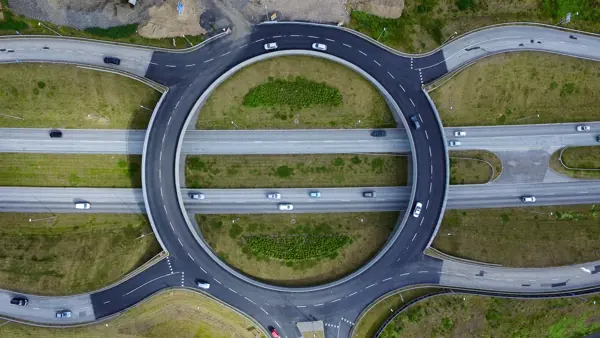Explore More Government Resources

The Bipartisan Infrastructure Law: Opportunities for Governments to Promote Inclusivity through Technology

Across the globe, public sector organizations are investing historic amounts of capital in rebuilding, restoring, and reinvigorating existing infrastructure.
Governments are realizing that economic prosperity and global competitiveness is not possible without having a well-planned and up-to-date infrastructure. That’s why Congress passed the Bipartisan Infrastructure Law near the end of 2021 to unlock unparalleled investments into modernizing the US infrastructure.
To ensure governments investing these expenditures in the best way possible, the people who use the infrastructure as a part of their daily lives should be driving the existing renovations and new designs. There is also an opportunity to draw in new constituents who, due to earlier limits in technology and poor planning, were locked out of the decision-making process.
Thanks to data sharing and collecting, roads, rail, public transit, water resources, high speed broadband, and clean energy initiatives can now include everyone who will be using them. We need to seize this moment and utilize the technological resources we have to develop and implement an inclusive, accessible, secure, and sustainable infrastructure.
This requires taking advantage of the digital mechanisms at our fingertips to productively and decisively create and redesign our infrastructure. Only with a strategic approach can we rest assured that our infrastructure will not only be serving the people who use it, but also opening the doors for people who were not able to before to use it. Further, we need what we build today to stay relevant to the people who will be using it in the far-off future.
Better planning for the future through citizen-government teamwork
By facilitating teamwork between the public and private sectors, we can implement technology securely and carefully to make sure that each citizen benefits from improvements in infrastructure. An example of this in the making is how Microsoft teamed up with Moovit, the world’s largest transportation app, and AIRA, a remote sighted assistance technology, to give blind and low-vision users multi-modal transit information.
Working assistive technologies into our infrastructure rebuild plans is just one of the many ways technology solutions can facilitate better social outcomes. The possibilities extend further when considering the capabilities of digital platforms to drive urban innovation. User data can be harvested and analyzed to enhance the urban residence experience. This could mean making wait times for a bus or subway shorter or placing emergency buttons on streets where more people can quickly and easily reach them.
Additionally, data-driven insights and visualization can be used to inform revisions in legislation and help clarify resident needs for urban planning. Overall, the implementation of digital technologies in the public sector can improve citizen-government interaction by facilitating more frequent communication and alleviating burdensome bureaucratic processes.
Thinking bigger with the help of collaborative technology
A secure, digital urban experience paired with cities and transportation built using ample resident feedback and data points is now possible with the technology at our disposal. Our only limits will be if we don’t dare to be bold and inclusive in our planning and use the tools that can help us to do so. Learn how Microsoft is helping lead the movement for building critical infrastructure for the future.
